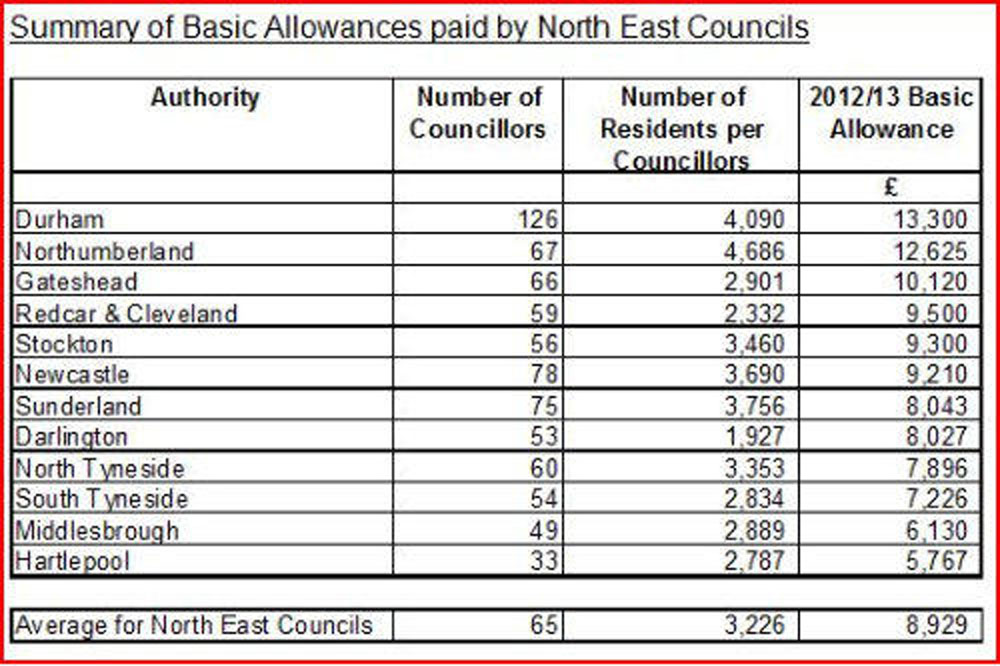From my experience in local government both as a councillor (33 years) and an academic (25 years) I feel my comments on councillors allowance may be useful. The issue must be considered in the context of the changing role of the councillor since powers were fully devolved to the Northern Ireland Assembly in 2007.
During the period between the abolition of the Parliament of Northern Ireland in 1973 and the setting up of the new NI Assembly the councillor was the only locally elected representative with administrative powers. As a result the councillor was responsible for
- The provision of local services
- Dealing with constituents problems / queries with Stormont departments (planning, roads, social security) and public boards (Housing Executive, Education and Health)
- Maintaining local democracy and stability.
Since the Assembly has become fully operational the role of the councillor has been significantly reduced as the MLA’s and their staff have taken over many of these roles. Although I continue to be an active councillor I have personally experienced a reduction of around 70% in my constituency work.
This change has been carried out at significant additional cost to the taxpayer / ratepayer. North Down is now represented by 6 MLA’s each with their own office and staff. The MLA salary is approx £50k and each has an office allowance of £70k -a total cost of North Down’s £720k. This compares with a councillors allowance which has ranged during my period of office from £12 a meeting in 1981 to the present £9.5k. Given the wide range of services provided by most councillors prior to the full operation of the Assembly I believe this allowance was fully justified.
Although the role of the councillor has significantly reduced since the setting up of the Assembly the councillors allowance have continued to increase. It is difficult to justify further increases particularly when compared with workloads and councillor allowance paid by English local authorities.
Local authorities in Northern Ireland have far fewer responsibilities than those in the rest of the UK. Traditional local government services including education, social services, housing, roads, planning, and public transport have been centralised in Stormont Departments or in regional Boards. The councils retained only leisure, waste collection and while there has been much discussion about the increased responsibility of the so called “super councils” apart from the return of planning powers there will be no significant increase in workload.
The average councillor’s role will remain attending one meeting a week, responding to a few constituents’ queries and for some councillors representing the council on various statutory bodies. The previous role played by the councillor advising and in dealing with constituents problems has largely been taken over by the 6 MLA’s and their full-time office staff who have experience in dealing with such issues. In many cases the MLA’s office staff are also councillors. In North Down for example 20% of councillors are also employed by MLA’s. It is therefore difficult to defend the present councillor allowance of £9.5k.
Councillors Allowance in Rest of UK?
It is useful to compare the Northern Ireland councillors allowance with similar authorities in the rest of the UK. Such a comparison relates mainly to England as some local authorities there have similar powers. While local authorities in Scotland and Wales have higher basic councillors allowance Scotland (£16.2k) and Wales (£13.8k) their powers and responsibilities are in no way comparable with those to be exercised by the new “super Councils.” Scottish and Welsh councils are unitary authorities and have full local government responsibilities including housing, education, social services, roads, libraries and transport. In Northern Ireland most of these are exercised by the Assembly or appointed Boards.
The most appropriate comparison would be with the lower-tier authorities (district councils) in England. The Upper tier- shire counties and metropolitan counties-have responsibility for the full range of local government services and would therefore not provide a valid comparison. The lower tier authorities (district councils)however have similar powers to the new Northern Ireland councils including local planning but in addition have responsibility for housing and rate collection. There are 193 lower tier authorities in England and councillors allowance vary considerably as these are set by the individual council or an independent panel.
While these vary considerably most are significantly below the present NI councillors allowance. Taking for example the first 5 councils (in alphabetical order) we find the basic councillors allowance paid in each district is as follows
Adur Basic Councillors Allowance £3600
Allerdale .. .. .. £2966
Amber Valley .. .. … £3721
Arun .. . .. £4869
Ashford .. .. .. £4378
There is no reason to suggest that these are not typical of all English distinct councils. Most of these districts would have slightly smaller populations that the average for the new NI councils.
Another possible comparison would be with councils in the North East of England. This area has often been used for comparison as it had similar income levels and economic and social problems.
The basic councillor allowance for these councils are shown below:

These councils are mainly unitary authorities, county councils, Metropolitan districts or are districts which have given county functions and therefore all have significantly more powers that the new NI councils.
On the basis of the limited powers and responsibilities exercised by the new Northern Ireland councils and a comparison with local authorities in the rest of the UK it is difficult to justify any increase in the basic councillors allowance.

Pingback: Local Government Reform Failing? North Down and Ards CouncilNorth Down Independent News | News from Bangor Northern Ireland